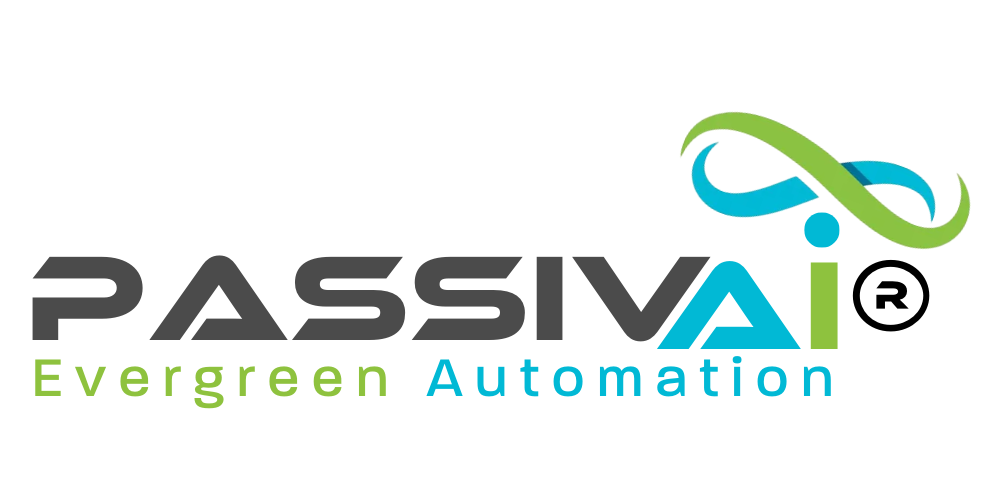History of Chatbots

Navigating the Evolution of Chatbots Through Time
|
Updated: 21st September 2025 |
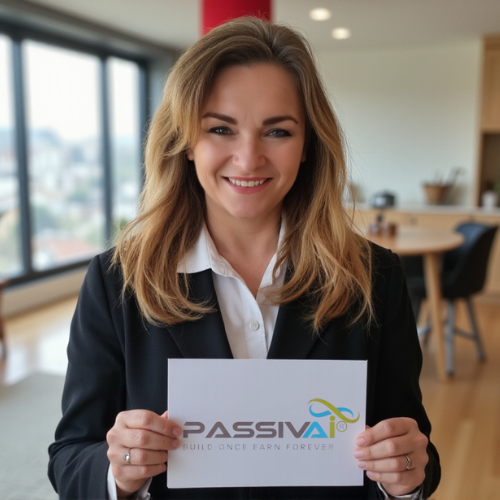 |
The timeline history of chatbots is a captivating journey that unveils the dynamic evolution of human-computer interactions. From their inception as rudimentary text-based programs to their current status as AI-powered conversational companions, the story of chatbots reflects the relentless pursuit of mimicking human conversation and understanding.
This timeline on this page weaves together pivotal moments, from the early sparks of artificial intelligence to the present landscape, where chatbots have found their place in various industries, revolutionising how we communicate and seek assistance.
A Timeline History of Chatbot Invention and Use
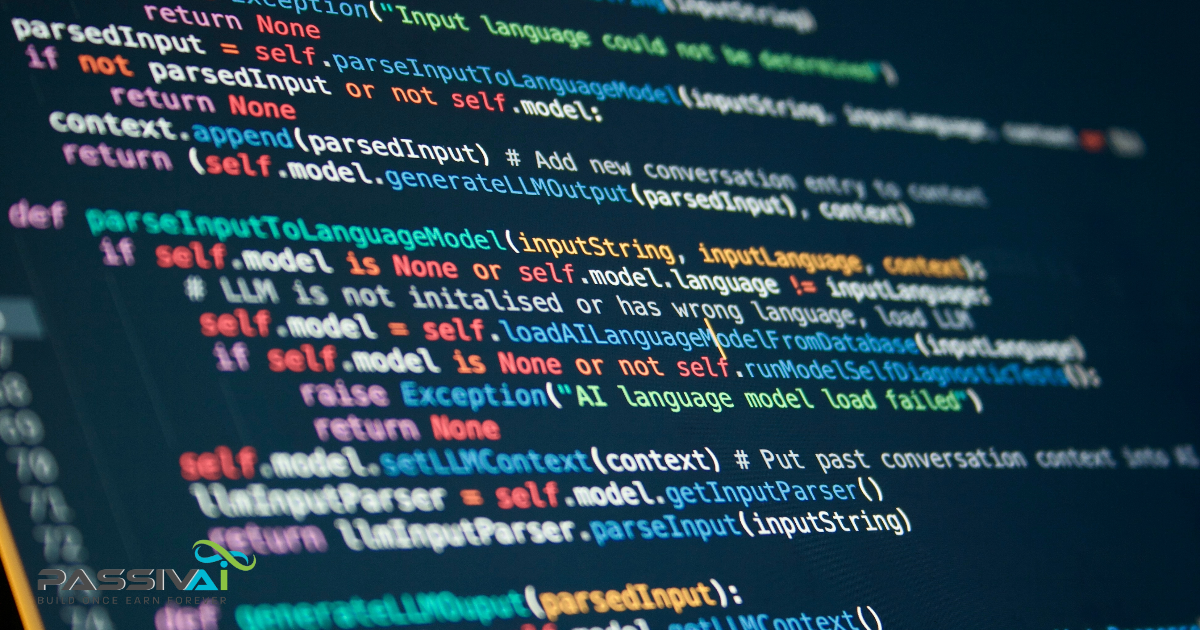
1950s: The Dawn of Artificial Intelligence
- 1950: Alan Turing introduces the concept of the Turing Test, a measure of a machine's ability to exhibit intelligent behaviour indistinguishable from that of a human. This technology sparks early interest in artificial intelligence (AI) and will influence the invention of current chatbot technology.
1960s: ELIZA and Early Conversational Agents
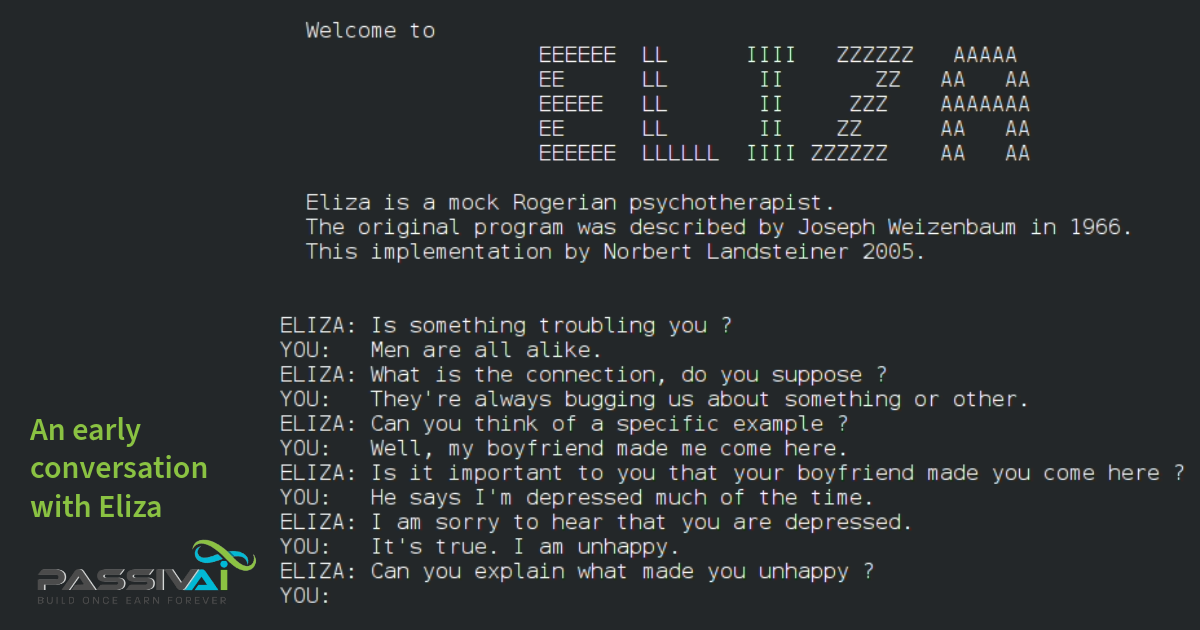 ELIZA simulated conversation using a pattern matching and substitution methodology that gave users an illusion of understanding on the part of the program. However, ELIZA did not understand the conversation; the machine merely pulled a stream of pre-programmed code to generate the best response, often reciting the words the user had entered in the form of an answer or a further question. Image Source: Wikipedia
ELIZA simulated conversation using a pattern matching and substitution methodology that gave users an illusion of understanding on the part of the program. However, ELIZA did not understand the conversation; the machine merely pulled a stream of pre-programmed code to generate the best response, often reciting the words the user had entered in the form of an answer or a further question. Image Source: Wikipedia- 1966: Joseph Weizenbaum develops ELIZA, one of the earliest conversational agents. ELIZA uses pattern recognition to simulate conversation and provide therapy-like interactions, laying the foundation for future chatbot development.
1970s: Parry and PARRY
- 1972: Kenneth Colby creates "PARRY," a chatbot designed to simulate a person with paranoid schizophrenia. PARRY engages in text-based conversations, showcasing the potential of AI to mimic human thought processes.
1980s: AI and Expert Systems
- 1980s: The focus shifts toward AI applications in expert systems. While not explicitly chatbots, these systems provide rule-based interactions to solve complex problems in specific domains, setting the stage for more sophisticated chatbots.
1990s: Rise of Commercial Chatbots

- 1995: Richard Wallace develops ALICE (Artificial Linguistic Internet Computer Entity). It's one of the first AI-driven chatbots with natural language processing capabilities and finds use in various online platforms.
2000s: Emergence of Social Media Bots
- 2006: Twitter introduces its API, enabling developers to create chatbots for social media interactions.
- 2007: Amazon introduces Amazon Alexa and Echo devices, popularising voice-activated virtual assistants in homes.
- 2009: "SmarterChild" becomes popular on AOL Instant Messenger, allowing users to engage in simple conversations and receive information.
- 2011: IBM Watson debuts on Jeopardy!, showcasing the capabilities of AI in natural language understanding and knowledge processing.
2010s: AI Advancements and Mainstream Adoption
- 2011: Apple introduces Siri, an AI-powered virtual assistant, marking the mainstream acceptance of chatbot-like technology.
- 2014: Microsoft's Xiaoice, a Chinese chatbot, has become widely famous for its ability to engage users in emotionally sensitive conversations.
- 2016: Generative Pre-trained Transformers (GPT) models emerge, enabling more human-like text generation and responses in chatbots.
- 2016: Facebook launches the Messenger Platform, enabling developers to create chatbots within the Messenger app.
- 2016: Google introduces Google Assistant, expanding the presence of AI-driven chatbots across various devices.
- 2017: Microsoft introduces Microsoft Bot Framework, allowing developers to build and deploy chatbots across multiple platforms.
- 2018: Chatbots gain traction in customer service, assisting businesses in handling customer inquiries and support requests.
2020s: Integration and Industry Impact
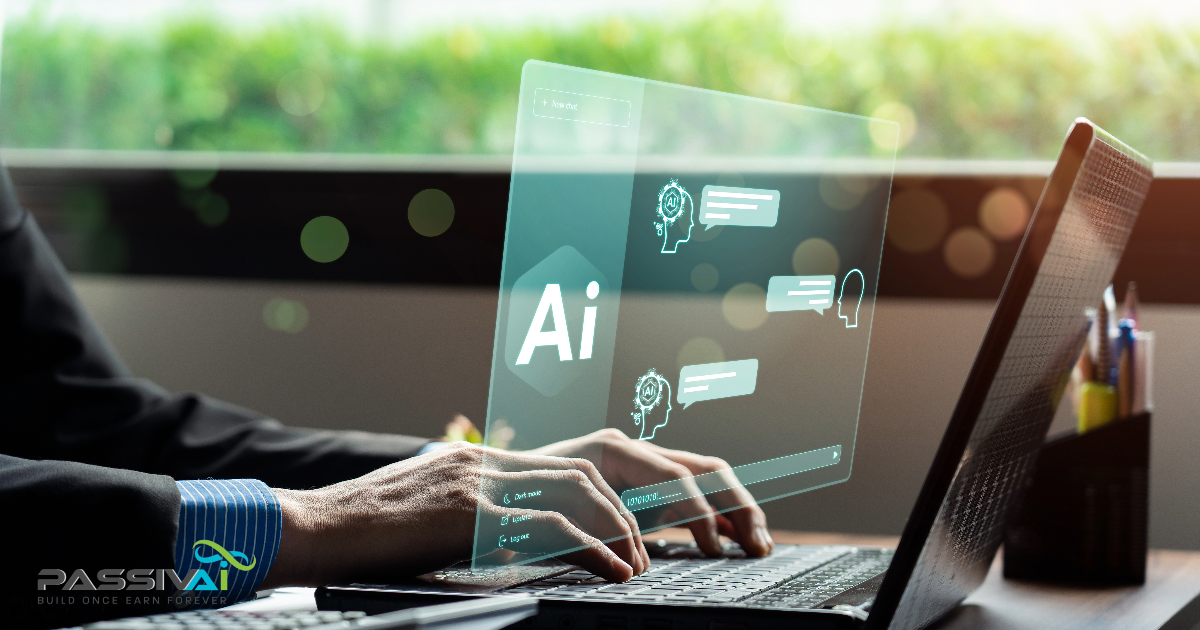
- 2020s: Chatbots become integral to industries such as e-commerce, healthcare, finance, and more.
- 2021: OpenAI releases GPT-3, a powerful language model that enables chatbots to create highly coherent and contextually relevant text.
- 2022: Chatbots start integrating with voice, text, and visual inputs, offering users a multimodal experience that caters to diverse communication preferences.
- 2023: Chatbot industry value reaches $137.6 million, projected at $239.2 million by 2025.
- 2023: Chatbots handle up to 70% of conversations and up to 90% of healthcare and financial inquiries.
- 2023: Rapid growth continues, with chatbots being the most rapidly expanding brand communication medium.
- 2024: Multi-modal chatbots become mainstream, with systems like GPT-4o, Gemini, and Claude able to handle voice, video, and image input alongside text. Businesses adopt them for customer service, sales, and creative tasks.
- 2024: Agentic AI emerges, with chatbots not only answering queries but also taking autonomous actions — booking meetings, running workflows, and managing tasks without human intervention.
- 2024: Governments respond with AI legislation, including the EU AI Act and UK AI Safety Summit agreements, setting global precedents for responsible chatbot deployment.
- 2025: Emotional AI gains traction as chatbots can detect tone, stress, and mood, enabling personalised and empathetic interactions in healthcare, education, and customer support.
- 2025: Chatbots become essential digital co-workers, embedded into everyday platforms (Google Workspace, Microsoft 365, Slack), marking the shift from “assistants” to autonomous collaborators.
Future: Evolving Capabilities and New Frontiers
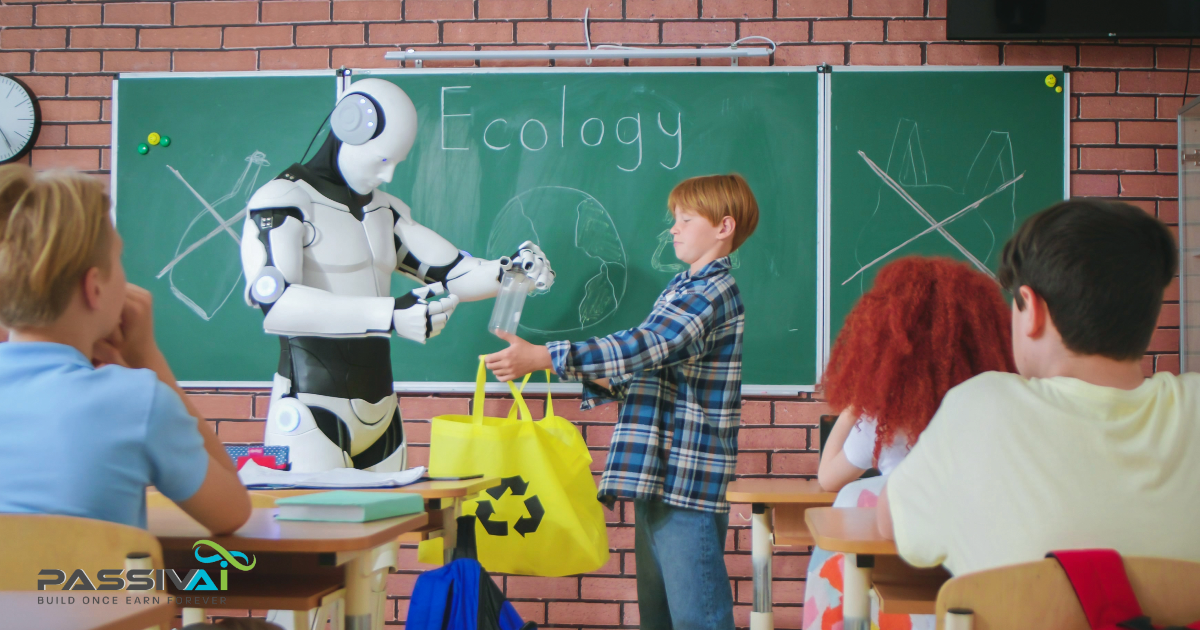
As AI and natural language processing technologies advance, chatbots are expected to become more sophisticated, understanding context, emotions and conversation nuances.
Industries like education, entertainment and personal companionship could witness increased chatbot integration.
Responsible development and deployment of chatbots will be crucial as ethics and privacy concerns evolve.
As we move further into the mid-2020s, chatbots are entering a new phase shaped by three major forces:
- Agentic AI – Chatbots are no longer just reactive; they are becoming autonomous digital co-workers, able to carry out multi-step tasks like booking meetings, managing workflows, and even negotiating deals without human intervention.
- Multi-Modal Experiences – Beyond text, the latest systems process voice, video, and images in real time, creating richer, more natural interactions that mirror human communication.
- Emotional Intelligence – Advances in affective computing mean chatbots can now detect tone, stress, and mood, adjusting their responses to provide empathy in healthcare, education, and customer service.
Looking ahead, we can expect chatbots to evolve from helpful assistants into collaborative partners, seamlessly embedded into our work and personal lives. Their role will be defined not just by technical innovation, but also by how responsibly we guide their integration into society.
Quantum Computing
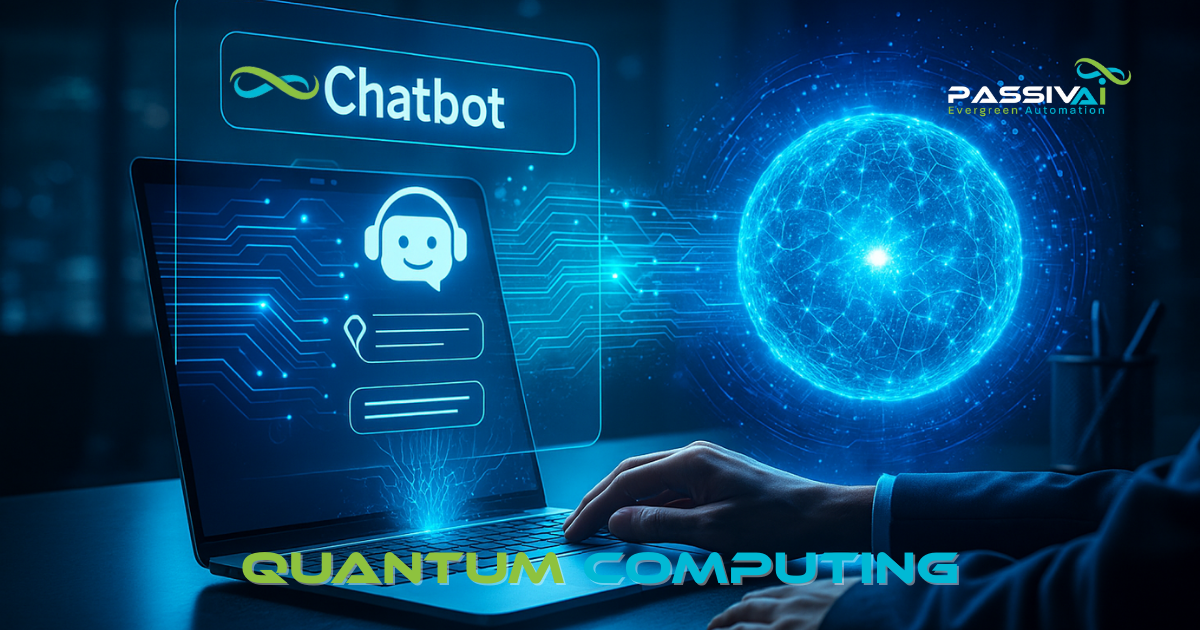
The future of chatbots will propel forward with the power of quantum computing. This innovation promises:
- Unmatched Speed: Quantum computing's lightning-fast processing will lead to rapid responses and enhanced user experiences.
- Complex Reasoning: Chatbots with Quantum capabilities navigate intricate language nuances and provide contextually relevant insights.
- AI Transformation: Quantum-powered chatbots could revolutionise natural language processing, offering more coherent and insightful interactions.
- Enhanced Security: Quantum encryption could safeguard chatbot communications with near-unbreakable security, protecting sensitive data in industries like healthcare, banking, and defence.
- Personalised Intelligence: With vastly greater processing power, quantum-enabled chatbots will be able to generate highly customised interactions, drawing on huge datasets in real time without lag.
- Scalable Integration: As quantum computing moves from labs to cloud platforms, businesses of all sizes will gain access to unprecedented processing speeds, unlocking mainstream adoption of quantum-powered conversational AI.
Conclusion: Where Chatbots Truly Stand Today
From Scripts to Strategy
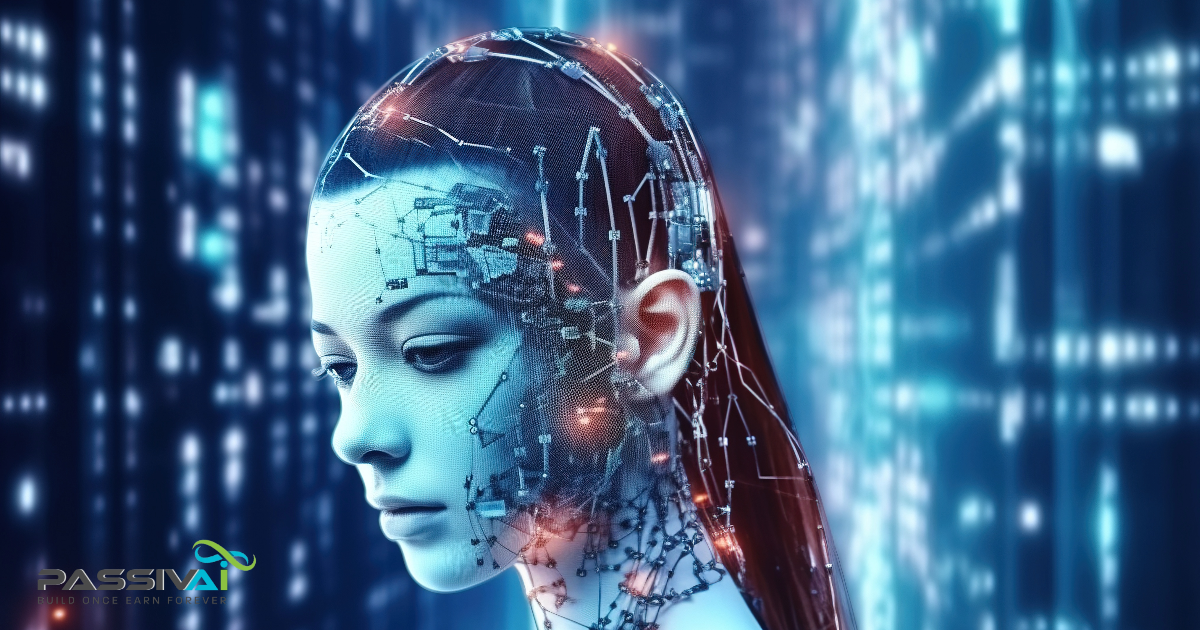
Chatbots have travelled far from their early days as scripted novelties. What began with Turing’s thought experiments and ELIZA’s conversations has matured into sophisticated systems that shape business strategy, customer experience, and even creative collaboration.
The Human + Machine Blend
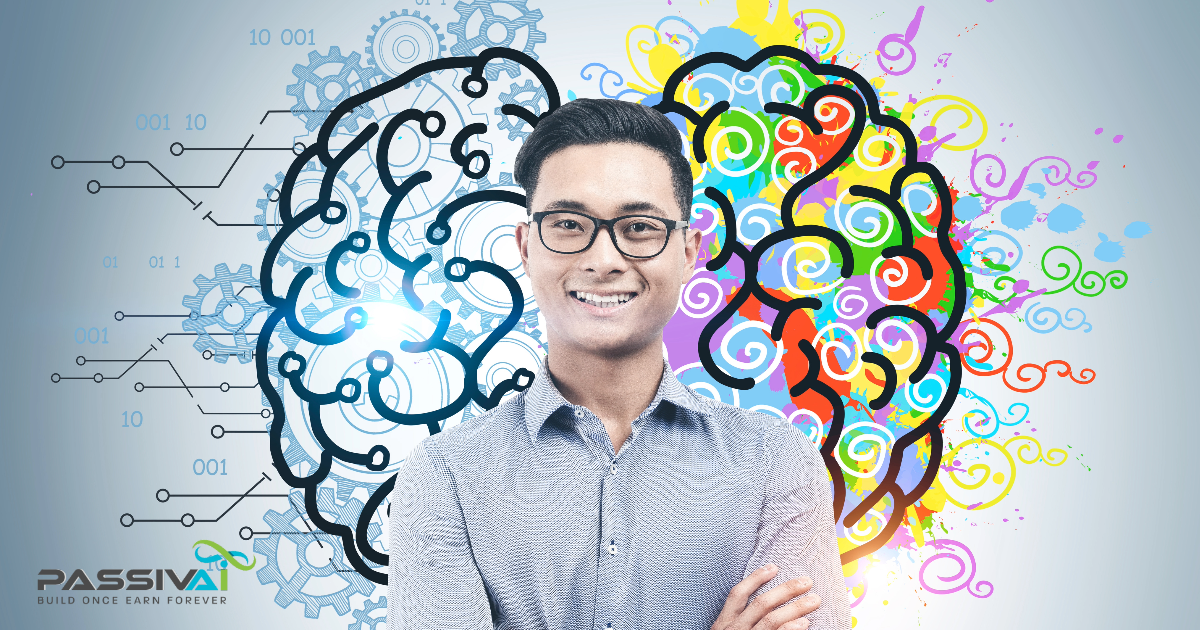
The most powerful chatbot innovation isn’t raw processing speed, but how seamlessly these agents are starting to blend into daily life. They don’t just answer questions; they act, adapt, and anticipate — reshaping the relationship between human ingenuity and machine intelligence.
The Real Frontier
What lies ahead isn’t just about faster algorithms or bigger datasets. It’s about creating evergreen digital assets — chatbots, automations, and AI systems that keep working long after they’re built. For entrepreneurs, this is where the future of income, impact, and freedom converges.
Take the Next Step to Creating Your Own AI Business
|
If this vision excites you, it’s time to start building your own AI-powered assets:
|
👉 Click here to get started for free right now — because the future of business isn’t just automated, it’s evergreen. And while you're waiting, someone else is already automating and earning on autopilot.
💚 Kerry


